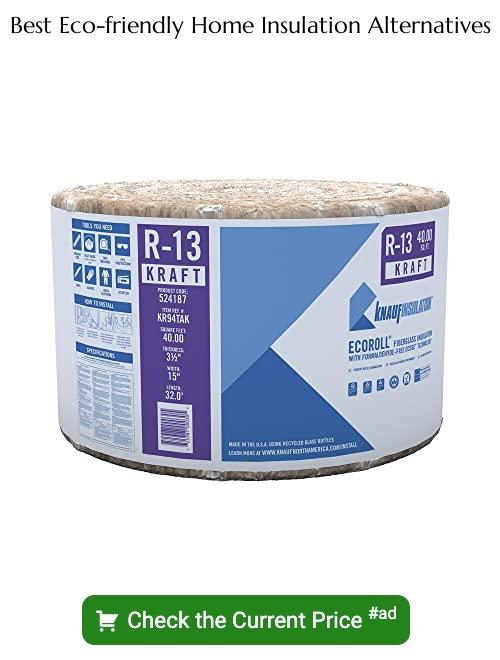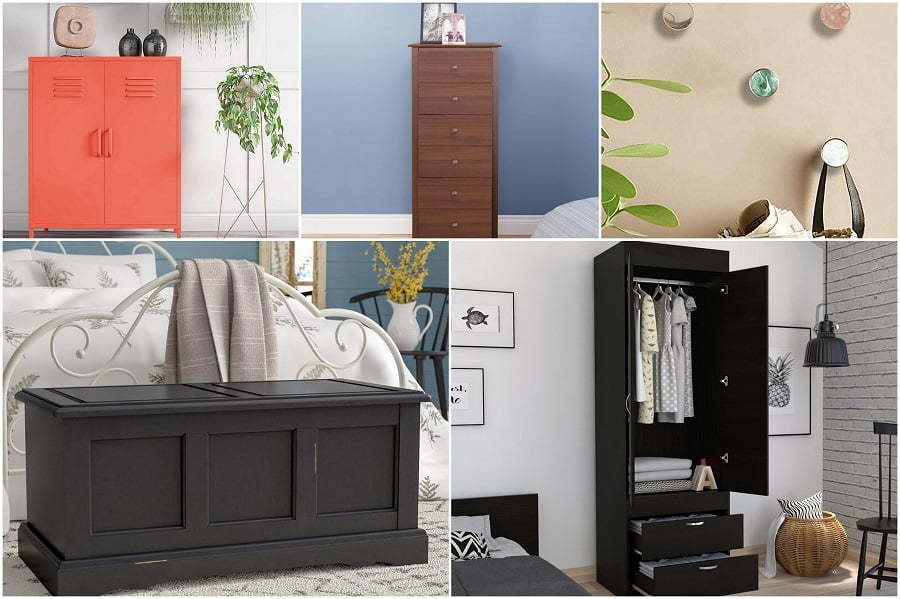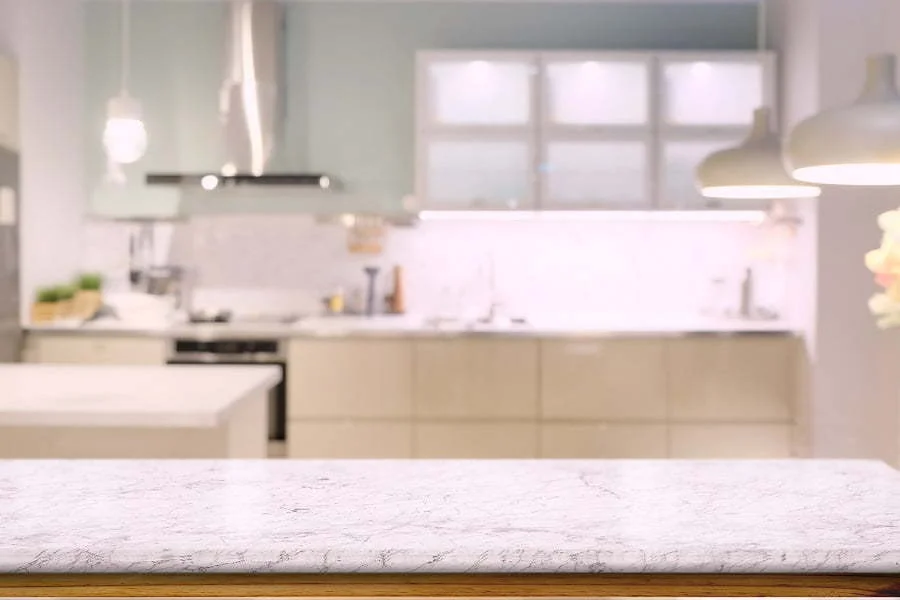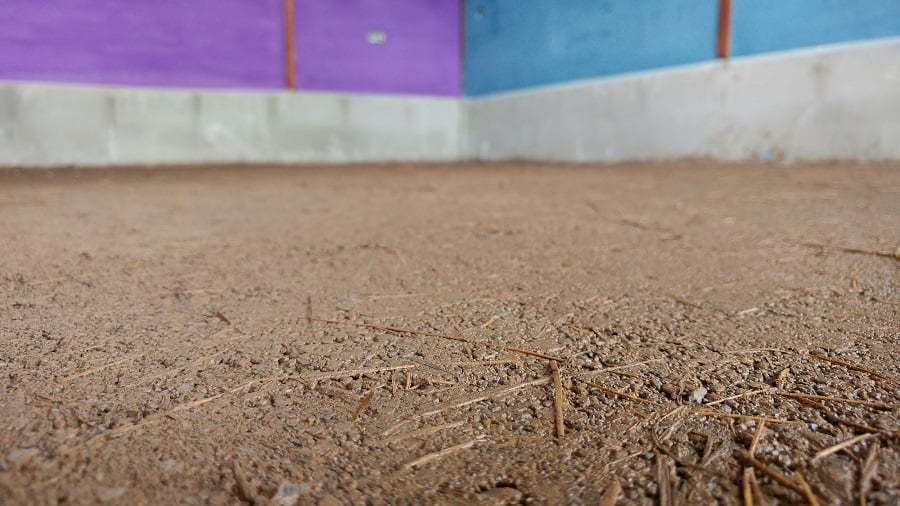Last updated on
Discover the world of eco-friendly and energy-efficient alternatives to traditional fiberglass insulation that can revolutionize your home’s thermal performance.
As a homeowner, one of the most important things you can do is to ensure your home is properly insulated. Not only does good insulation help keep your home warm in the winter and cool in the summer, but it also helps reduce energy costs.
While fiberglass insulation has long been a popular choice for homeowners, there are other options available that can be just as effective and cost-efficient. In this article, we’ll explore some alternative insulation options that you may not have considered before.
So whether you’re building a new home or looking to upgrade your current insulation, read on for some great ideas that won’t break the bank!
Drawbacks of Fiberglass Insulation
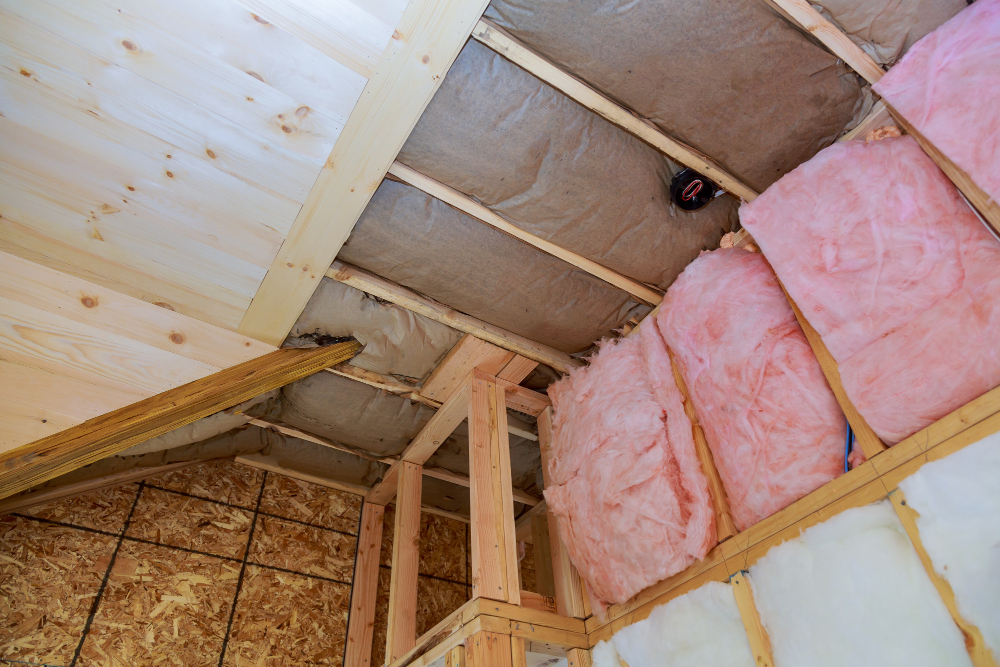
One of the main issues with fiberglass insulation is that it can be irritating to the skin and lungs if not handled properly during installation. Fiberglass fibers are small and sharp, which means they can easily become airborne when disturbed.
This can lead to respiratory problems or skin irritation if inhaled or touched.
Another drawback of fiberglass insulation is its relatively low R-value compared to other types of insulation on the market today. R-value refers to an insulating material’s ability to resist heat flow; higher values indicate better thermal performance.
While fiberglass has a decent R-value, there are other materials available that offer superior thermal resistance.
Traditional fiberglass batts may not fit snugly into all spaces within your home’s walls or attic due to their rigid shape and size limitations – leaving gaps where air leaks through reducing energy efficiency.
Understanding R-Values
The R-value measures an insulation material’s ability to resist heat flow and keep your home comfortable year-round. The higher the R-value, the better a material insulates.
Understanding how different materials compare in terms of their R-values can help you make an informed decision about which type of insulation is best for your home. For example, fiberglass batts typically have an R-value between 2.9 and 3.8 per inch, while cellulose has a slightly higher value at around 3.7 per inch.
It’s also worth noting that some types of insulation may require thicker layers or more installation effort than others in order to achieve optimal thermal performance for your specific climate zone.
Off-Gassing and VOCs
This process, known as off-gassing, occurs when volatile organic compounds (VOCs) are released from the insulation material. These chemicals can cause a range of health problems, including respiratory issues and headaches.
Fortunately, many alternative insulation options have lower levels of VOCs or are completely free from them altogether. For example, cellulose insulation is made from recycled paper products treated with borate to prevent mold growth and pests without using harsh chemicals.
Mineral wool also has low levels of VOC emissions because it’s made primarily from natural rock materials like basalt or diabase instead of synthetic fibers like fiberglass.
Environmental Considerations
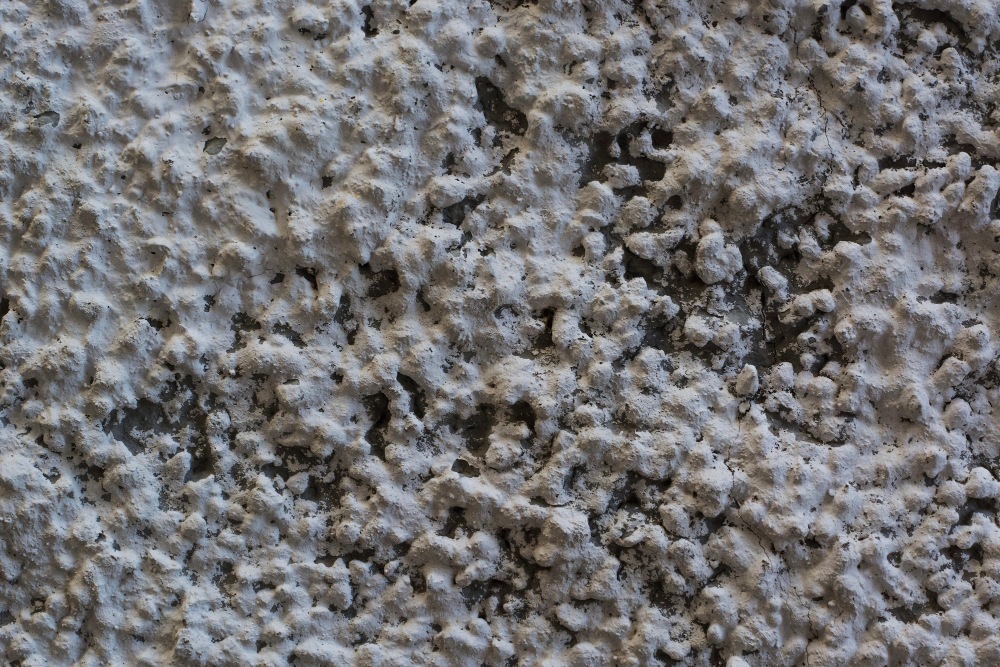
Traditional fiberglass insulation is made from non-renewable resources and can take hundreds of years to decompose in landfills. The manufacturing process for fiberglass insulation requires a significant amount of energy and produces greenhouse gas emissions.
Fortunately, there are many eco-friendly alternatives available that can help reduce your carbon footprint while still providing excellent thermal performance. For example, cellulose insulation is made from recycled paper products such as newspapers and cardboard boxes.
Mineral wool insulation is made from natural rock or slag materials that would otherwise be discarded as waste.
Cotton insulation uses recycled denim jeans as its primary material source while expanded polystyrene (EPS) foam contains up to 40% recycled content by weight. Extruded polystyrene (XPS) foam also contains some post-consumer recycled content but has a higher embodied energy than EPS due to its more complex manufacturing process.
Cellulose Insulation
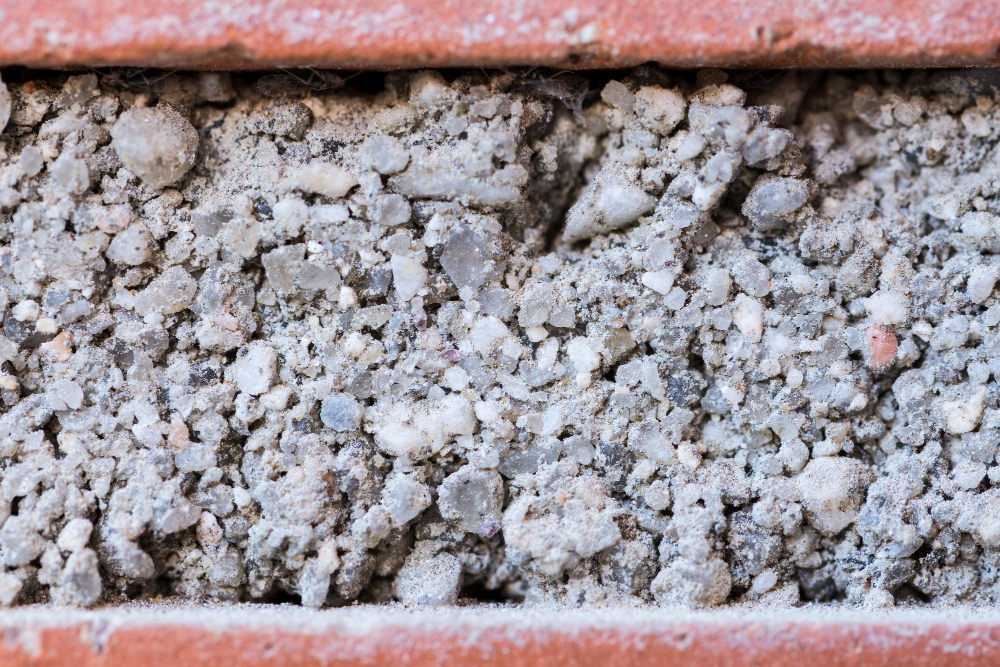
Made from recycled paper products, such as newspapers and cardboard, cellulose insulation is treated with fire retardants that make it safe for use in homes. It has a higher R-value than fiberglass, meaning it provides better thermal resistance per inch of thickness.
One of the benefits of cellulose insulation is its ability to reduce air infiltration into your home. This means that drafts are minimized, which can help keep your home more comfortable year-round while also reducing energy costs.
Another advantage of cellulose insulation over traditional fiberglass options is its soundproofing capabilities. The dense material helps absorb sound waves and reduces noise transfer between rooms or floors in your home.
When considering installing cellulose insulation in your home, be sure to work with a professional installer who can ensure proper installation techniques are used for maximum effectiveness and safety.
Mineral Wool Insulation

It’s made from natural rock or recycled slag, which is melted and spun into fibers that are then formed into batts or blown-in material. Mineral wool has excellent thermal properties, making it an effective insulator for both hot and cold climates.
One of the benefits of mineral wool insulation is its fire resistance. Unlike some other types of insulation, mineral wool does not burn easily and can help prevent the spread of flames in case of a fire.
Another advantage to using mineral wool as an alternative to fiberglass is its soundproofing capabilities. The dense fibers absorb sound waves better than traditional fiberglass batts, making it ideal for use in home theaters or recording studios.
However, there are also some drawbacks to consider when choosing this type of insulation. Mineral wool can be more expensive than other alternatives like cellulose or cotton-based materials.
Handling the material requires protective gear due to potential irritation caused by airborne particles during installation.
Cotton Insulation
Made from recycled denim, cotton insulation is free of harmful chemicals and does not contain any formaldehyde or other volatile organic compounds (VOCs). It also has excellent soundproofing properties, making it a great choice for homes located in noisy areas.
One of the biggest advantages of cotton insulation is its ability to regulate temperature effectively. Cotton fibers are naturally breathable, which means they can absorb moisture without losing their insulating properties.
This makes them ideal for use in humid environments where mold growth can be a problem.
Another benefit of cotton insulation is that it’s easy to install yourself if you’re handy with DIY projects. Unlike fiberglass batts that require protective gear during installation due to their sharp edges, cotton batts are soft and easy on the skin.
While there are some downsides associated with using cotton as an insulator – such as its tendency to attract pests like rodents – these issues can be mitigated by taking proper precautions during installation and maintenance.
Expanded Polystyrene (EPS) Insulation
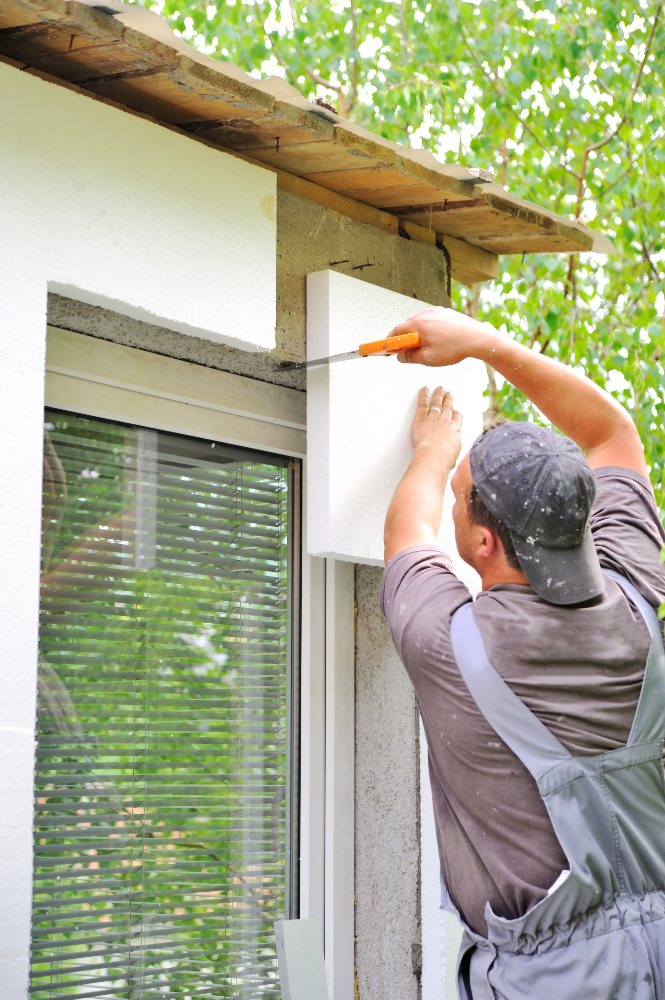
It’s made from expanded polystyrene beads that are fused together, creating a lightweight and durable material that can be used in walls, roofs, and floors. EPS has an R-value of around 3.6 per inch of thickness, making it an effective insulator.
One advantage of EPS is its resistance to moisture absorption compared to other types of foam insulation like polyurethane or extruded polystyrene (XPS). This makes it ideal for use in areas with high humidity levels such as basements or crawl spaces.
Another benefit is its affordability; EPS tends to be less expensive than other types of foam insulation while still providing good thermal performance.
However, there are some drawbacks associated with using EPS as well. One concern is the potential for off-gassing during installation which can release harmful chemicals into the air if not properly ventilated.
Because it’s made from petroleum-based products and requires energy-intensive manufacturing processes – environmentalists have raised concerns about its sustainability credentials.
Extruded Polystyrene (XPS) Insulation
It is made from polystyrene foam, which has been extruded and then compressed into rigid boards. XPS insulation offers excellent thermal performance and moisture resistance, making it a great choice for areas that are prone to dampness or water damage.
One of the key benefits of XPS insulation is its high R-value per inch thickness compared to other types of foam board insulations. This means that you can achieve the same level of thermal protection with less material than some other options.
Another advantage of XPS insulation is its durability and strength. It can withstand heavy loads without compressing or losing its shape over time, making it ideal for use in foundations, roofs, walls and floors.
However, one potential drawback with this type of insulation is that it may not be as environmentally friendly as some other alternatives due to the fact that polystyrene production requires petroleum-based materials.
Polyisocyanurate (PIR) Insulation

It’s made from polyurethane and is known for its high R-value, which means it provides excellent thermal resistance. PIR insulation also has good fire-resistant properties, making it a safe choice for homes.
One of the benefits of PIR insulation is that it can be used in a variety of applications, including walls, roofs, and floors. It’s lightweight and easy to install compared to other types of rigid foam board insulations like extruded polystyrene (XPS).
PIR boards are available with foil facings on one or both sides which helps improve their performance by reflecting radiant heat.
However, there are some drawbacks to consider when using this type of insulation. One concern with PIR boards is their potential off-gassing during installation or if they catch fire; therefore proper ventilation should be ensured during installation as well as after completion.
Spray Foam Insulation
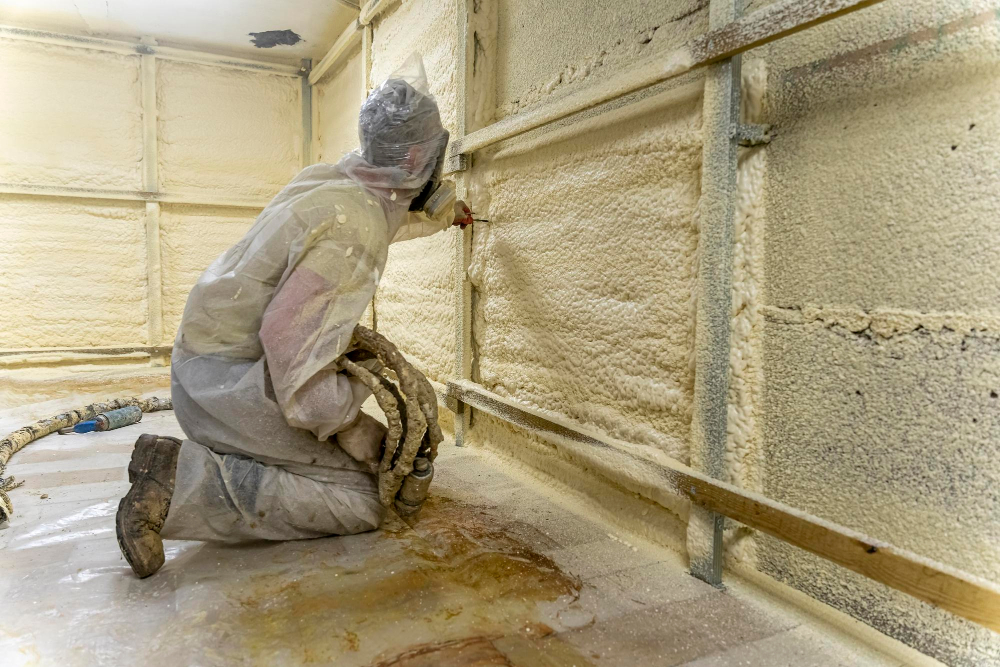
It’s made by mixing two chemicals that react and expand, creating a foam that fills gaps and seals cracks in walls, ceilings, and floors. Spray foam insulation has several advantages over other types of insulation.
For one thing, it provides an air-tight seal that helps prevent drafts from entering your home. This can help reduce energy costs by up to 50%.
Spray foam is highly effective at reducing noise pollution from outside sources like traffic or neighbors.
However, there are some drawbacks to using spray foam as well. One concern is the potential for off-gassing of volatile organic compounds (VOCs) during installation which can cause respiratory problems if not properly ventilated during application or curing process.
Another issue with spray foams is their cost compared to other alternatives such as cellulose or mineral wool insulations which may be more affordable depending on the size of your project.
Radiant Barrier Insulation

It consists of a thin layer of reflective material, such as aluminum foil, which is installed in the attic or on the underside of roof decking. Radiant barrier insulation can be used alone or in combination with other types of insulation to improve energy efficiency.
One advantage to radiant barrier insulation is that it does not absorb heat like traditional fiberglass and cellulose insulations do. Instead, it reflects up to 97% percent of radiant heat back outwards towards its source (the sun), keeping your home cooler during hot summer months.
Another benefit is that this type of insulation requires no maintenance and has an extremely long lifespan compared to other types – up to 50 years! installation costs are relatively low when compared with some alternatives.
However, there are also some drawbacks associated with using radiant barriers for your home’s thermal performance needs. For example: they may not work well in colder climates where heating bills tend to be higher than cooling bills; they require proper ventilation so moisture doesn’t build-up inside walls; and if improperly installed could lead cause electrical hazards due metal-to-metal contact between wires running through them.
Aerogel Insulation
It’s made from a gel-like material that is dried to create an extremely lightweight and porous substance with excellent insulating properties. Aerogel insulation has the highest R-value per inch of any commercially available insulation, making it an ideal choice for those looking to maximize their home’s thermal performance.
One of the biggest advantages of aerogel insulation is its ability to provide superior thermal protection without taking up much space. This makes it particularly useful in situations where space is at a premium, such as in older homes or buildings with limited wall thickness.
Another benefit of aerogel insulation is its resistance to moisture and mold growth. Unlike some other types of insulations, which can become saturated with water over time and lose their effectiveness, aerogels are hydrophobic (water-repelling) materials that maintain their insulating properties even when exposed to moisture.
Sheep Wool Insulation
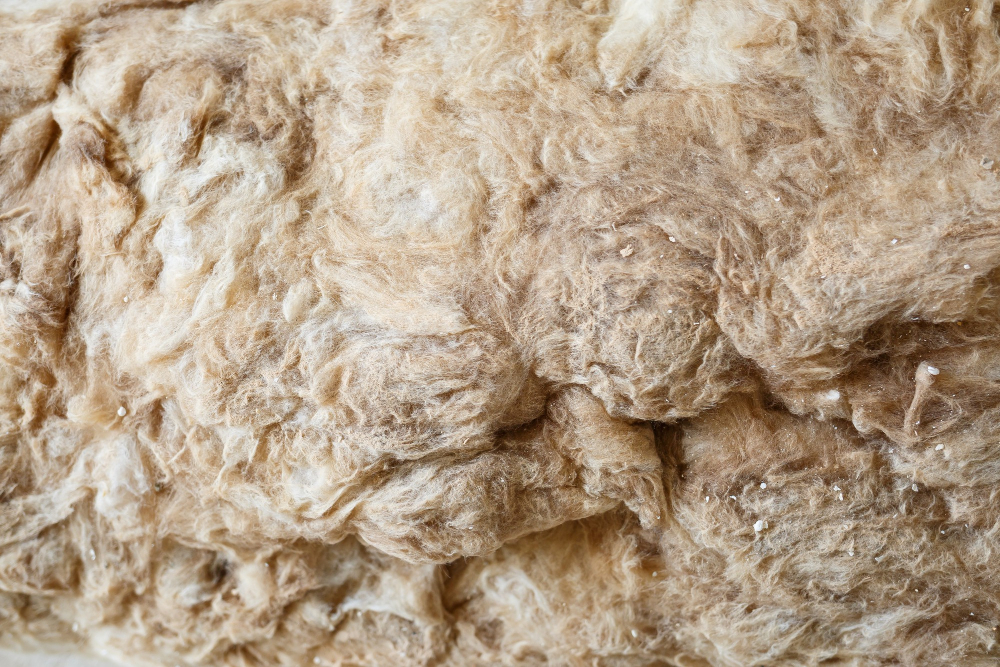
It has been used for centuries in Europe, where sheep farming is prevalent. Sheep wool fibers are naturally insulating, making them an excellent choice for keeping your home warm in the winter and cool in the summer.
One of the benefits of sheep wool insulation is that it can absorb moisture without losing its insulating properties. This means that it can help regulate humidity levels inside your home, which can be beneficial for those with respiratory issues or allergies.
Another advantage of using sheep wool as an insulation material is its fire-resistant properties. Wool fibers contain a high level of nitrogen, which makes them difficult to ignite and slow-burning when they do catch fire.
Hemp Insulation
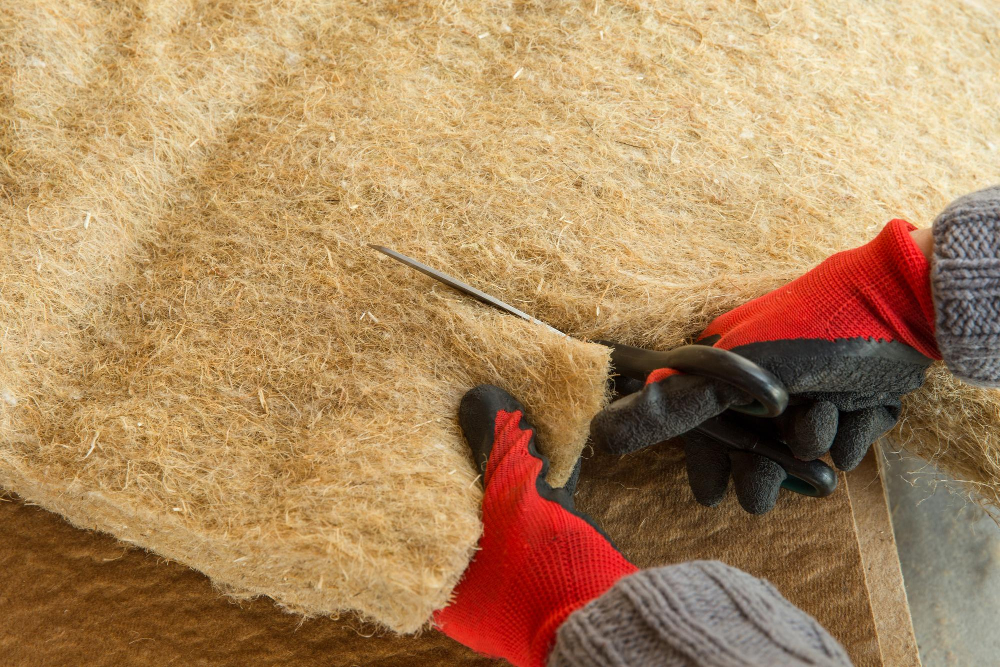
Made from the fibers of the hemp plant, this type of insulation is not only eco-friendly but also highly effective at regulating temperature and reducing energy costs.
One of the biggest advantages of hemp insulation is its sustainability. Hemp plants are fast-growing, require little water or pesticides, and can be harvested multiple times per year.
This makes it an excellent choice for homeowners who want to reduce their carbon footprint while still enjoying all the benefits that good home insulation provides.
In addition to being sustainable, hemp insulation has several other advantages over traditional fiberglass options. It’s naturally resistant to mold and pests like rodents or insects which means you won’t have any unwanted guests in your walls! Plus it’s fire-resistant which adds an extra layer of safety for your home.
While there are some drawbacks associated with using hemp as an insulator (such as higher upfront costs), many homeowners find that these disadvantages are outweighed by its long-term benefits both financially and environmentally speaking.
Insulated Concrete Forms (ICFs)
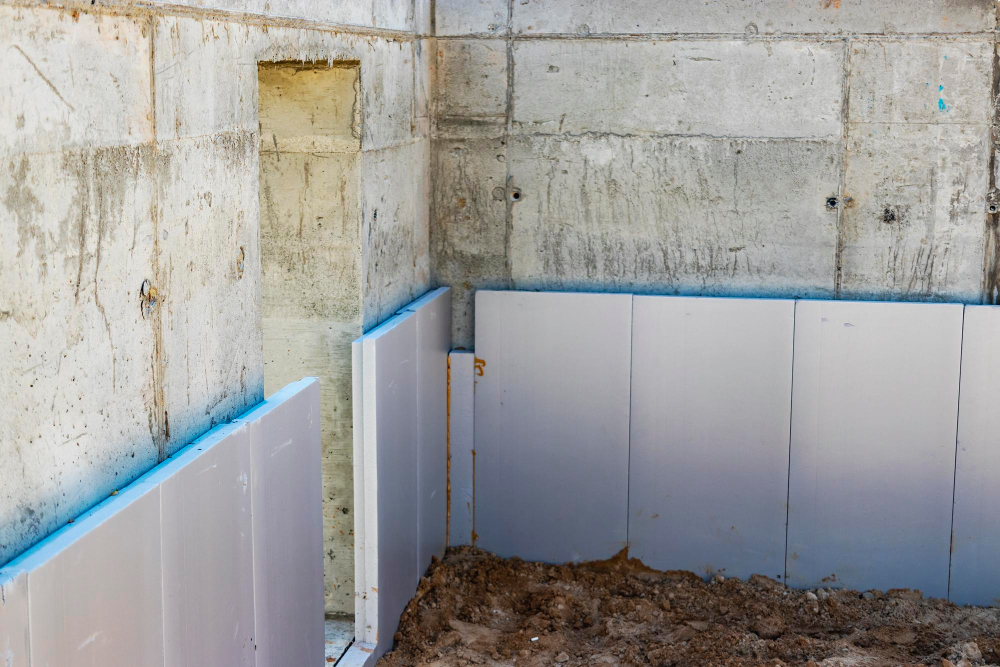
These forms are made from expanded polystyrene foam, which is then filled with concrete. The result is a highly insulated wall that can help reduce energy costs by up to 50%.
ICFs also offer excellent soundproofing qualities and provide superior protection against fire, mold, and pests.
One of the biggest advantages of using ICFs for insulation is their durability. Unlike traditional fiberglass insulation that can break down over time or become damaged by moisture or pests, ICF walls remain strong and intact for decades.
Another benefit of using ICFs is their ease of installation. While it may take longer to install than traditional framing methods due to the need for concrete pouring, once installed correctly they require little maintenance.
However, it’s important to note that while there are many benefits associated with using Insulated Concrete Forms (ICFs), they do come at an increased cost compared to other types of insulation materials such as cellulose or mineral wool.
Cost Comparison

While some alternative insulation options may be more expensive upfront than traditional fiberglass, they can often save you money in the long run by reducing your energy bills and improving your home’s overall efficiency.
For example, cellulose insulation is made from recycled materials and can be blown into walls or attics for an affordable price. Mineral wool insulation has excellent soundproofing qualities and is also fire-resistant.
Cotton insulation offers good thermal performance while being environmentally friendly.
On the other hand, spray foam insulation tends to have a higher initial cost but provides superior air sealing properties that can significantly reduce heating and cooling costs over time.
It’s important to consider not only the upfront cost of installation but also any potential savings on energy bills when choosing which type of alternative insulating material will work best for your home.
Installation and Safety
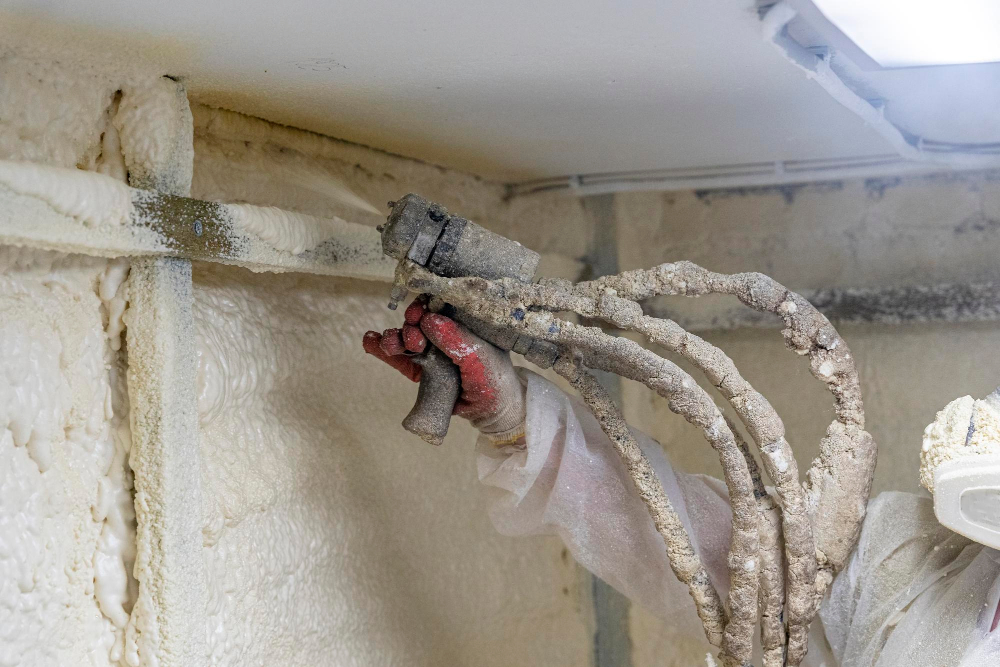
Proper installation is essential for the insulation to work effectively and efficiently. While some types of insulation can be installed by homeowners themselves, others require professional installation due to their complexity or potential hazards.
It’s important to note that some alternative insulations may require additional safety precautions during the installation process. For example, spray foam insulation requires specialized equipment and protective gear due to its chemical composition.
Before installing any type of insulation in your home, make sure you understand the proper techniques for handling and installing it safely. Always wear appropriate personal protective equipment (PPE), such as gloves or a respirator mask when necessary.
If you’re unsure about how best to install your chosen type of alternative insulation or have concerns about doing so safely on your own, consider hiring a professional installer who has experience with these materials.
Choosing the Right Insulation
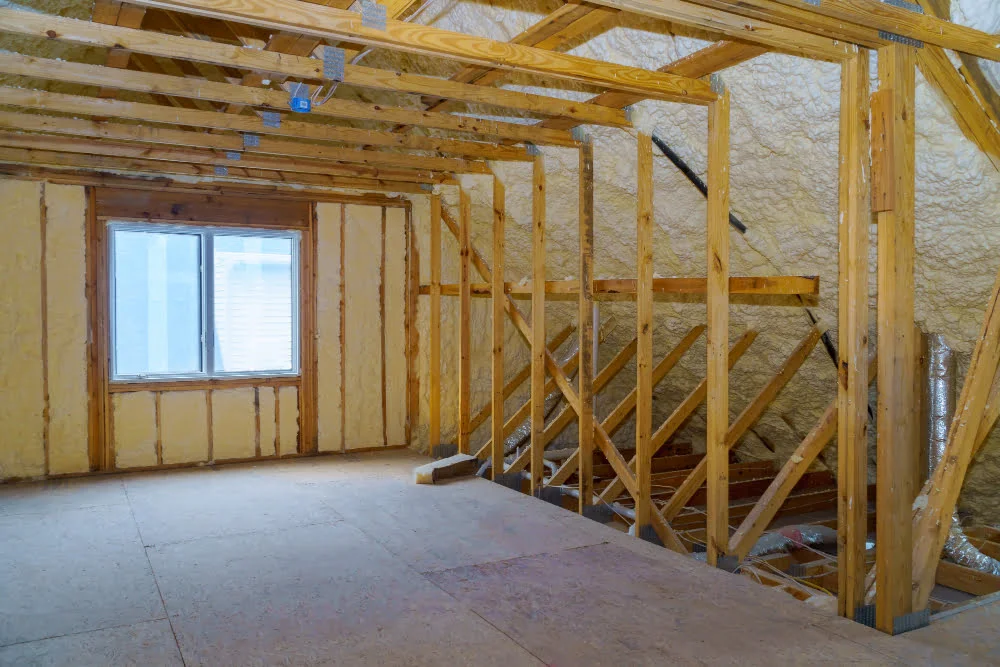
First and foremost, you need to determine what type of insulation will work best in your specific situation. This may depend on a variety of factors such as the climate in which you live, the age and condition of your home’s existing insulation (if any), and whether or not you have any special requirements such as soundproofing.
Another important consideration is cost. While some types of alternative insulation may be more expensive upfront than traditional fiberglass options, they can often save homeowners money over time by reducing energy costs.
Installation is also an important factor when choosing an alternative form of insulation. Some types require professional installation while others can be installed by homeowners themselves with relative ease.
Safety should always be a top priority when selecting new materials for use in your home. Be sure to research each option thoroughly before making a decision so that you can choose an eco-friendly product that meets all necessary safety standards.
By taking these factors into account when selecting new forms of eco-friendly and energy-efficient alternatives to traditional fiberglass insulations like cellulose or mineral wool insulations; one could make their homes more comfortable while saving money on utility bills at the same time!
FAQ
Is there insulation without fiberglass?
Yes, insulation without fiberglass includes materials such as cellulose and mineral wool, both made from recycled waste materials.
What’s the cheapest way to insulate a house?
The cheapest way to insulate a house is by using blanket batts and rolls, which are inexpensive and easy to install, particularly for DIYers.
What is the cheapest most efficient insulation?
The cheapest and most efficient insulation is Expanded Polystyrene (EPS), as it offers the best R-value per dollar.
What is the most eco-friendly type of insulation?
The most eco-friendly type of insulation is cellulose insulation, which is mainly made from recycled newspaper, affordable, and highly resistant to air leaks.
What are the key differences between mineral wool insulation and fiberglass insulation?
Mineral wool insulation and fiberglass insulation differ in their composition, thermal performance, fire resistance, and sound absorption, with mineral wool being made from natural stone or recycled materials and possessing higher fire resistance and acoustic properties, while fiberglass is made from molten glass and tends to have a higher R-value.
How does the performance of natural insulation materials compare to that of fiberglass insulation?
Natural insulation materials generally have a lower thermal conductivity than fiberglass insulation, but they can offer comparable performance when used in proper thicknesses.
Are there any health or safety concerns when using alternative materials for insulation in comparison to fiberglass?
Yes, there can be health or safety concerns when using alternative materials for insulation compared to fiberglass, as they may harbor allergens, irritants, or promote mold growth.
Recap
